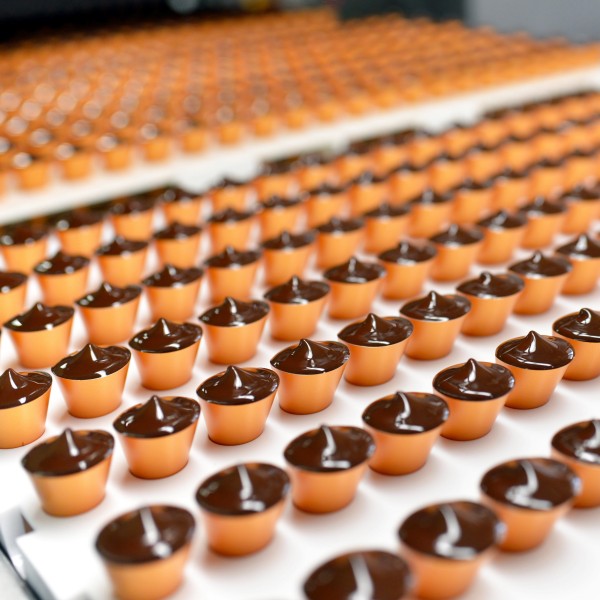Filtration is used throughout the food, beverage, pharmaceutical and other process industries. Depending on the application, sanitary equipment, fabrication and design are often required to maintain cleanliness in the facility.

So, What Makes a Filter Sanitary?
Sanitary is a condition that is often confused with Sterile. (Sterile means free from the presence of live bacteria or other microorganisms. Per FDA guideline CFR Title 21, sterile air results in no passage of a microorganism with a challenge rate of 107 per cm².)
Sanitary is a broad term that relates to health or to the protection of health. A sanitary filter is both designed and built in a manner were it inhibits the growth of bacteria. All contact surfaces on the filter housing can be cleaned, and users can easily disassemble the housing for inspection and/or cleaning. Sanitary filter housings are built using materials that can be cleaned and that prevent the contamination of product. Filter housings are polished to an Ra 32 µin, free from imperfections such as pits and crevices, have gently curved corners for easy cleaning and use clamps and other sanitary connections rather than threaded connections that could trap contaminant.

When Are Sanitary Filters Typically Used?
Sanitary filter housings are typically used in applications that require cleanliness. Food and beverage and pharmaceutical manufacturing often demand filters that are designed, built and certified to sanitary standards. Often times, processors look to industry organizations—such as 3-A—to determine and define sanitary standards.
What Are the 3-A Sanitary Standards?
During the 1920s, the need for more stringent and uniform standards for dairy processing equipment became evident as the U.S. economy and consumers entered the modern era. Representatives of three interest groups—processors, regulatory sanitarians and equipment fabricators— recognized the need for cooperative action and introduced the first industry standards for sanitary equipment. These standards became known as 3-A standards to represent the three founding interest groups. These groups were the pioneers of some of today’s large industry associations including the International Association for Food Protection, the Food Processing Suppliers Association, the International Dairy Foods Association and the American Dairy Products Institute.
Today, 3-A Sanitary Standards specify criteria for designing and fabricating equipment that comes into contact with food. There are 70 3-A Sanitary Standards and nine 3-A Accepted Practices. The goal of these standards is to protect food from contamination and ensure that all product contact surfaces can be mechanically cleaned as well as dismantled easily for manual cleaning or inspection.
3-A Sanitary Standards, Inc., operates as an independent not-for-profit corporation. More than 360 companies from across the U.S. and 22 other countries around the world hold authorizations to display the 3-A Symbol on various types of processing equipment. Donaldson is proud to be one of them.
How Can I Tell If My Equipment Meets a 3-A Sanitary Standard?
The simplest way is to look for the 3-A Symbol. The 3-A Symbol Certificates for all 3-A symbol holders are located on-line. Today, hundreds of companies offer food processing equipment, and many state claims such as meets 3-A, conforms to 3-A standards, or include 3-A in a model name or designation. Donaldson sanitary filter housings are not only designed and built to 3-A, they are certified to 3-A standards. For a list of Donaldson 3-A filter housings, contact us.

Sanitary vs Sterile Filtration
Purity requirements in industrial production processes for air & gas, steam and liquid can range from sanitary to sterile. Understand the difference between both conditions and more about '3-A Sanitary Standards'.



